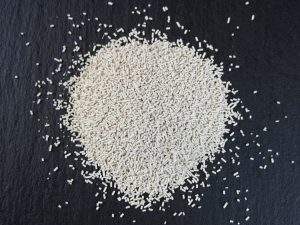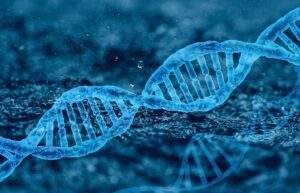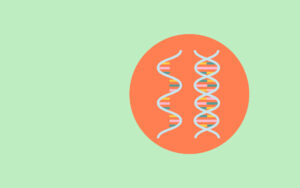
Alcohol Fermentation
Introduction Alcoholic fermentation or ethanol fermentation is a biotechnological process in which sugars such as glucose, sucrose, and fructose are converted into ethyl alcohol and

Introduction Alcoholic fermentation or ethanol fermentation is a biotechnological process in which sugars such as glucose, sucrose, and fructose are converted into ethyl alcohol and

The purpose of this article is to assess the environmental sustainability of current technologies used for disinfecting medical equipment and it provides an example of

Capillary electrophoresis is one type of electrophoresis in which the separation of molecules is performed in a capillary tube that is immersed in an

Need Microtomes for your studies? Click here A Glimpse into the History of a Cryostat A Cryostat is a versatile and high-quality machine that generates

Spectroscopy is “the study of investigation and measurement of the absorption and emission of light or electromagnetic radiation by matter as a function of its

Introduction The nuclear overhauser effect is defined as a change in the integrated intensity of one spin when the equilibrium population of another spin is

Introduction and Principles Large-scale extraction of phage DNA involves digestion of viral coat proteins using a strong protease such as proteinase K followed by extraction

CRISPR Cas9 is a potent and easy-to-use tool for gene editing, but the delivery of the CRISPR Cas9 system has been a challenge since it

As an Amazon Associate, ConductScience Inc. earns revenue from qualifying purchases Polyacrylamide gel electrophoresis is one of the first forms of gel electrophoresis. Polyacrylamide is

Introduction Replacement vectors or substitution vectors are prepared by removing the central filler segment of phage DNA to accommodate the fragments of foreign DNA. This

Introduction At each end of the central stuffer fragment, a series of restriction sites arranged in opposite directions are present in replacement vectors. For instance,

Introduction Alkaline phosphatase treatment is used to suppress the background of non-recombinants while performing restriction digestion with insertion vectors containing a single cloning site or